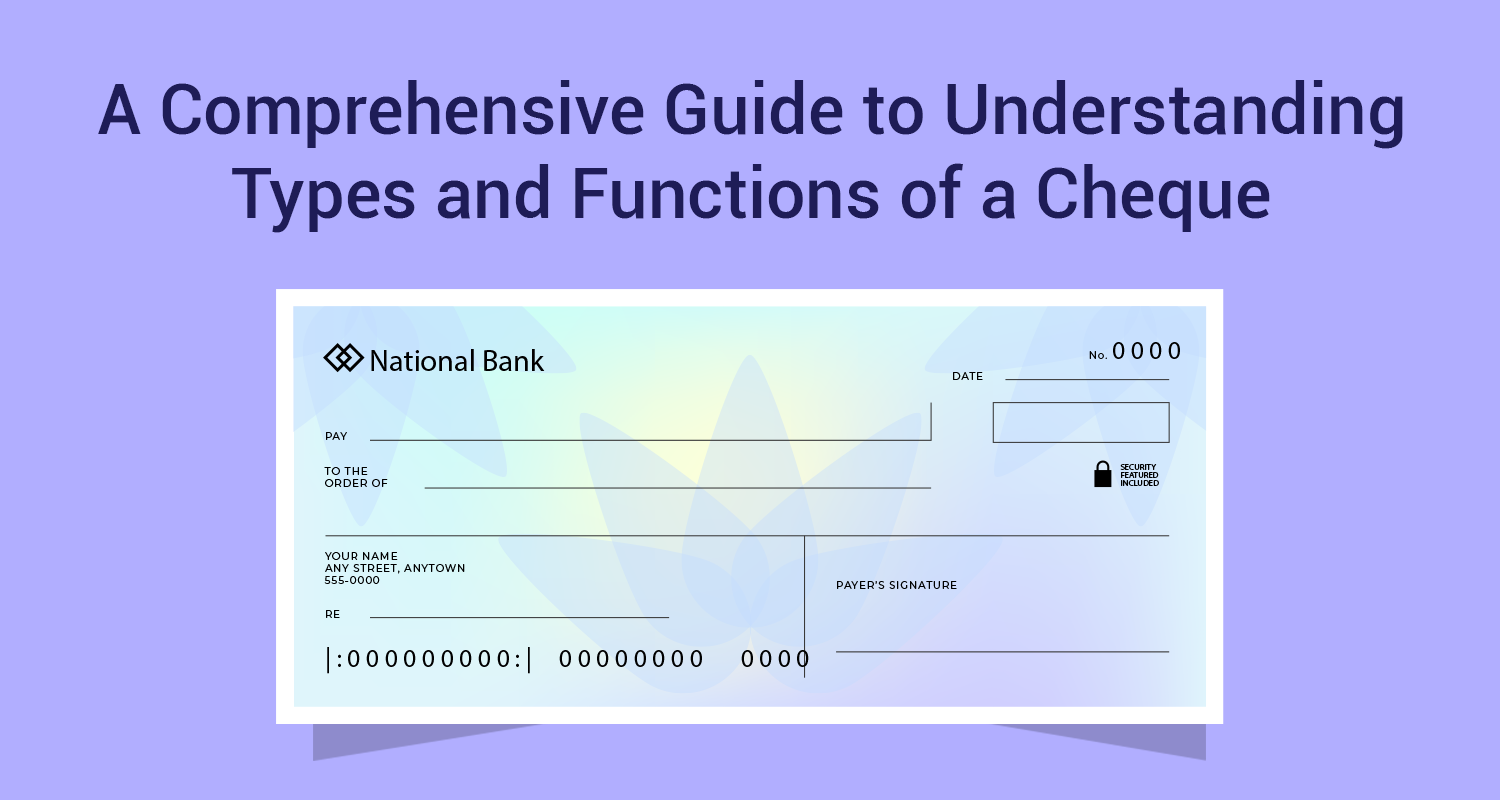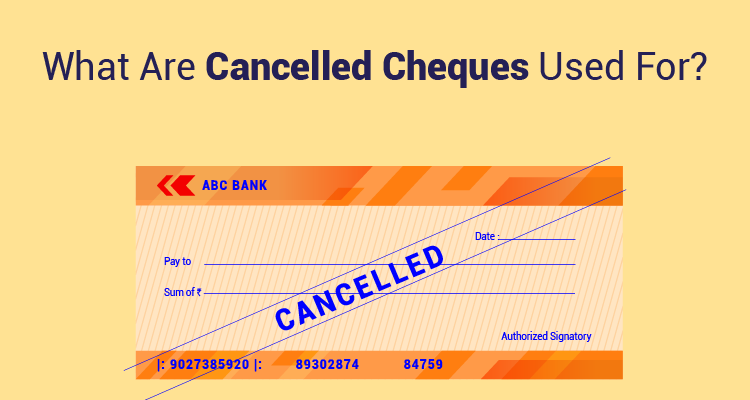What Is A Debt Fund And What Makes Its Price Go Up And Down?

Like an equity mutual fund buys equities on behalf of investors, a debt fund buys debt instruments on behalf of scores of investors. Debt is relatively safer than equity because there is certainty and regularity of interest payment and principal repayment. Bonds issued by the government are largely free of default risk. Debt funds can be classified by maturity; liquid funds, short term funds, long term funds etc. Debt funds can also be classified by credit quality; G-Sec funds, bond funds, credit opportunities funds etc. SEBI has now laid clear guidelines on how debt funds should be classified.

However, debt funds carry a different type of risk which is called interest rate risk. Understanding this risk is the basis for understanding how bond prices move. If you check the prices of bonds on the terminal, you will find these bond prices fluctuating on a regular basis. What exactly causes these fluctuations? The fluctuations are caused by movements in the interest rates. Let us understand this chain.
When Interest Rates Move
Interest rate signals are normally given by the central bank. In the US it is the Federal Reserve and in India it is the RBI. Normally, these central banks give interest rate signals by either moving the benchmark rates up or down. In the case of the US it is the Fed rate whereas in the case of India it is the RBI Repo Rate. The decision to increase or decrease the rates is normally a reaction to higher retail inflation or to attract more foreign capital or to prevent the depreciation in the currency.
How Bond Yields React Subsequently?
It is essential to remember one thing that bond yields move up on anticipation of rate movements. The bond yields will not wait till the RBI hikes the rates. The moment inflation expectations start building and the markets expect that the RBI will hike the repo rates, the bond yields actually start moving up. The reverse situation applies when markets expect a fall in the inflation and therefore the interest rates in the economy

In the above 1-year chart the 25 basis points hike in RBI rates came only in July 2018 but the 10-year benchmark bond yields had started moving up from August last year and have increased by nearly 140 basis points since then. Bond yields rise or fall on the basis of anticipation of inflation and interest rate movements.
How Do Bond Prices Get Impacted When Yields Shift?
You may have noticed an inverse relationship between bond yield and prices. Have you wondered about the reason? Assume that you are holding a 9% government bond that you bought at Rs.1000. That means you will earn an interest of Rs.90 each year. For simplicity, let us assume that this is a 1-year bond so the Rs.1000 bond will be redeemed at Rs.1090. Suppose the bond yields went up after 1 month from 9% to 9.80%. Now there is a problem for a new investor in that bond. The bond is giving 9% while the market bond yield is 9.8%. To adjust for that the market price of this bond will fall. If the price of the bond in the secondary market falls to Rs.992.75, then the investors will now get 9.80% yield and that will attract fresh investors into the bond. But what happens to the existing investors in the bond? They lose money because the price of the bond will fall in response to the rise in bond yields. In case the bond yields fall, the price of the bond will go up and the investors will stand to gain. That is how the bond price compensates for the yield shifts.
Impact on NAV of the Debt Fund
The relationship is directly linked to bond prices. When yields fall, bond prices will rise and the NAV of the debt fund will also rise. When yields rise, the bond prices will fall and the NAV of the debt fund will also fall. Normally, the impact of a rise or fall in bond yields is a lot more severe on long-dated bonds than on short-dated bonds. That is why debt funds with longer average maturity tend to react more to shifts in bond yields. That is also the basis on which debt fund managers tweak their mix in the portfolio based on their estimation of the likely movement in bond yields.
Debt funds are an essential part of any financial plan as they lend stability, safety, and predictability to the portfolios. They are a good counter to the risk in equity funds!
Disclaimer : The information in this blog is for general purposes only and may change without notice. It does not constitute legal, tax, or financial advice. Readers should seek professional guidance and make decisions at their own discretion. IIFL Finance is not liable for any reliance on this content. Read more



